| {youtube}TOAyUEQFxWQ{/youtube} | Cyber-MAR | Short video about the project and the ISense Group role in it.
Cyber-MAR is an EU-funded H2020 innovation action running from September 2019 to August 2022 and deployed by a consortium of 13 partners from 8 EU countries, united in their vision to boost cyber preparedness in the maritime sector as a highly prioritize aspect. The aim of Cyber-MAR is to fully unlock the value of using cyber range in the maritime logistics value chain via the development of an innovative simulation environment adapting in the peculiarities of the maritime sector, but being at the same time easily applicable in other transport subsectors. To find out more information about the project, please visit the official Cyber-MAR website here |
INFRAMIX: Preparing road infrastructure for mixed vehicle traffic flowsThis is the final INFRAMIX video presenting the INFRAMIX concept and solutions. INFRAMIX is an EU funded project which concluded on May 31st, after 36 months of work among 11 partners. During its lifetime, the EU funded project tested and evaluated results for three concrete scenarios for mixed vehicle flows and also developed a classifications scheme for road operators to target their investments to support higher levels of automated vehicles on European highways. To find out more information about the project, please visit the official INFRAMIX Website here. |
|
| {youtube}U4qed8nMvzw?t=1{/youtube} |
VR Lessons by I-SENSE Group and ELINYAE for enhancing Occupational Health and SafetyA unique collaboration among I-SENSE Group and ELINYAE, the Hellenic Institute for Occupational Health and Safety, has started and aims to provide innovative and specialized services and applications to ensure a safer and healthier work environment. More specifically, I-SENSE Group developed an innovative social web platform and smart mobile application which provides VR Lessons, to support employee education for the promotion of Health and Safety in the workplace. The VR lessons will be easily accessible and based on virtual reality interplay techniques that include VR Simulation of workplaces for Training and Interaction in those Virtual Environments using 360º photos. The trainer will produce possible workplace hazard scenarios in which, the trainees will need to respond using the innovative VR tools of the platform and the application. The focus in all scenarios lies in protecting the employees from possible workplace hazards and training them to recognize the good and bad practices within each scenario, in order to be able to act more effectively. The VR Lessons were presented by its main developer and member of the I-SENSE Group Mr. Spyros Bolierakis, during the 2nd Hellenic Conference on Occupational Health and Safety titled “A gaze into the future”, which was held on 18 and 19 November 2019 at the Megaron Athens International Conference Centre, in Greece. Find out more information about the VR Lessons here. |
| {youtube}JWl5c6pyXFA{/youtube} |
Τhe ELVITEN demonstrations are about to start!Trikala city is the first pilot city and is ready to spread the ELVITEN idea to the citizens. This video produced by the Institute of Communications and Computer Systems (ICCS) and specifically the I-SENSE Group, thanks to all ELVITEN partners, aims to present the Light Electric vehicles sharing services provided by ELVITEN project, starting from the Trikala city. More specifically, ELVITEN has developed a booking application where the citizens will be able to register and book their EL-V from their mobile phone for their last-minute commuting. The demonstrations which will last one year will be held in six European cities (Trikala, Rome, Malaga, Berlin, Genoa and Bari). The objective of the demonstrations is to evaluate the usefulness of this specific type of vehicles, make European citizens more familiar with the EL-Vs and finally encourage ICE vehicle users to switch to more sustainable means of transportation. |
| {youtube}fbU1FujU9u4{/youtube} |
INFRAMIX EU-funded project | Introduction INFRAMIX is an H2020 EU project implemented by 11 partners in a timeframe of three years (from June 2017 to May 2020). The INFRAMIX consortium targets to enable the coexistence of automated and conventional vehicles by designing, upgrading, adapting and testing both physical and digital elements of the road infrastructure for specific traffic scenarios.The key outcome will be a “hybrid” road infrastructure able to handle the transition period and become the basis for future automated transport systems. This should lead to an uninterrupted, predictable, safe and efficient traffic. |
| {youtube}ngrJ60o06f8{/youtube} |
FABRIC European project | Final Event & Demonstration After four and a half years of research and development, the FABRIC EU-funded project (www.fabric-project.eu) had concluded its activities at the end of June 2018 having achieved important results and innovations in the field of dynamic wireless charging for Electric Vehicles. Specifically, FABRIC addressed the technological feasibility, economic viability and social and environmental impact of dynamic on-road charging of electric vehicles. The main project objectives were to evaluate the performance of on-road wireless prototypes in real driving conditions; assess the impact on the transport infrastructure and on the electricity network from the wide introduction of such systems; assess the impact on the vehicle supply chain and on the environment; and derive recommendations for large-scale deployment. To achieve its objectives the consortium developed three prototype wireless charging solutions and respective supporting ICT solutions which have been demonstrated in France and Italy. The video presents the main outcomes of the project on the occassion of its Final Event and Demonstration that was successfully organised in Turin and Susa, Italy, on June 21-22, 2018. |
| {youtube}pYiUPQghg_g{/youtube} |
AutoNet2030 EU project | Final Event & Demonstration The AutoNet2030 project designed and developed cooperative systems in support of networked automated driving aiming for a 2020-2030 deployment horizon. With a total budget of 4.6 million Euros and co-funding by the European Commission of 3.35 million Euros, 9 partners from 8 European Countries joined their expertise to contribute to the vision of cooperative and networked automated driving technology. |
| {youtube}0ByQ7dqrW-M{/youtube} |
Use it Wisely project | Keeping Tourism Afloat Cluster 5, comprised of ICCS, OCEAN, INSB and SEABILITY focused on the life cycle of small craft passenger boats that are made of composite materials. Passenger boats (small craft, with length overall up to 30m) are sea-going vessels which carry passengers for recreational purposes. For example small charter cruises, for the purposes of scheduled routes or transportation of professional personnel or ship crews. A user-friendly, dynamic, information-rich technical meta-file was developed for the vessel that includes all aspects of the vessel including; initial customer specifications, required regulations, shipyard designs, final sea-trial data and post-delivery surveys and inspections. |
| {youtube}djUdsQ5pY0s{/youtube} |
ESA-EdcAR (Augmented Reality for AIT, AIV and Orbit Operations) | Final Presentation in ISS-Columbus | a creative mock-up with HoloLens Take a look at a really creative mock-up of the project’s ESA-EdcAR (Augmented Reality for AIT, AIV and Orbit Operations) Final Presentation in Columbus – the science laboratory of the International Space Station (ISS) and the largest single contribution to the ISS made by the EuropeanSpace Agency (ESA). |
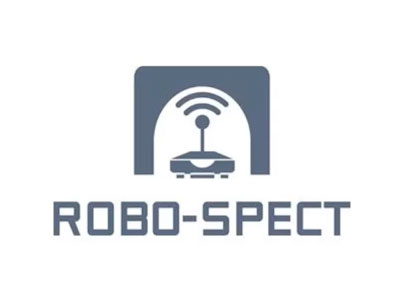 |
ROBO-SPECT: Robotic System for tunnel structural inspection & evaluation This is the final video of the ROBO-SPECT FP7 project. ROBΟ-SPECT provides an automated, faster (that does not, or only minimally interfere with tunnel traffic) and reliable tunnel inspection and assessment solution that can combine in one pass both inspection and detailed structural assessment. Find more at: http://www.robo-spect.eu/
|
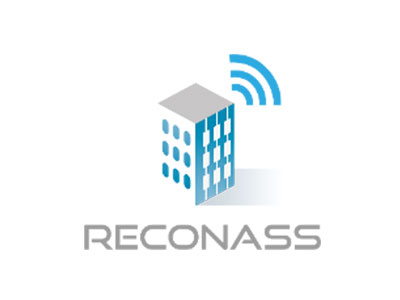 |
RECONASS project: SHOX RECONASS project is aiming to provide a monitoring system for constructed facilities that will provide a near real time, reliable, and continuously updated assessment of the structural condition of the monitored facilities after a disaster, with enough detail to be useful for early and full recovery planning. The above assessment will be seamlessly integrated with automated, near real-time and continuously updated assessment of physical damage, loss of functionality, direct economic loss and needs of the monitored facilities and will provide the required input for the prioritization of their repair.
|
 |
1st ROBO-SPECT project tests The main objective of ROBΟ-SPECT is to provide an automated, faster (that does not, or only minimally interfere with tunnel traffic) and reliable tunnel inspection and assessment solution that can combine in one pass both inspection and detailed structural assessment. The 1st test of the ROBO-SPECT integrated system were executed on the week 20-24 July 2015 at the Research Infrastructure Tunnels of VSH (consortium partner).
|
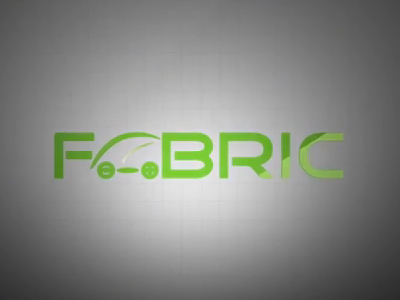 |
Fabric The vision of FABRIC is the large-scale adoption of pure Electric Vehicles (EVs) in future transportation systems. This wide deployment requires mature EV technology and advanced charging solutions that provide a user experience similar to today’s cars.
|
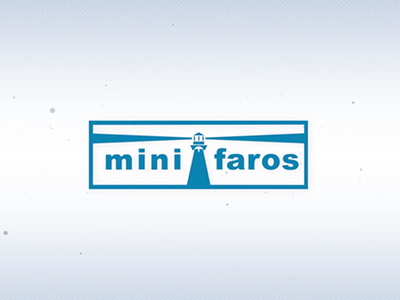 |
Minifaros Project vision is accident-free traffic realized by means of effective environment perception systems. Laserscanners are the predominant generic environment sensing technology.
Currently, there are developments underway to integrate different Advanced Driver Assistance System (ADAS) functions in the same platform as was recently seen in research projects. A strong paradigm in that is sensor data fusion. Another trend is to develop cooperative driving systems aiming at providing drivers more time to respond to sudden changes in the travel environment. Both approaches assume extensive environment monitoring, data collection and a perceptual model of the environment to be further used for various safety functions.
The consortium stresses here that a boost of the market penetration of driver support systems can be realised by generic sensors that are affordable, durable and of compact size to be used in different locations in vehicles or in the infrastructure. Furthermore, these systems need to be based on fully reliable sensor data. All these requirements have not yet met by present day sensors.
|
 |
TeleFOT TeleFOT is a Large Scale Collaborative Project under the Seventh Framework Program, co-funded by the European Commission DG Information Society and Media within the strategic objective “ICT for Cooperative Systems”. TeleFOT aims to test the impacts of driver support functions on the driving task with large fleets of test drivers in real-life driving conditions. In particular, TeleFOT assesses via Field operational Tests the impacts of functions provided by aftermarket and nomadic devices, including future interactive traffic services that will become part of driving environment systems within the next five years. ICCS is the leader of TeleFOT SP3 which is assigned with the actual execution of the trials in seven test sites across Europe and ensures the availability of the data for the later analysis. ICCS is involved in the formulation of the framework, manages the Greek test site and participates in the impact assessment work.
|
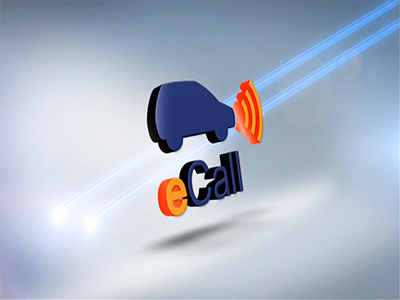 |
eCALL eCall is an initiative with the purpose to bring rapid assistance to motorists involved in a collision anywhere in the European Union.
|
 |
Navigating a Virtual Enviroment using Eye Movements This short video showcases version 1.0 of OpenBCI Labyrinth, a 3d virtual environment created as a showcase in the VR team on the use of electro-oculography for navigation in a 3d environment. It uses an EEG to record and transmit eye signals over the network for processing. A signal analyzer detects filters the transmitted signal and decomposes it into simple commands: “move left”, “move forward”, “move right” and “execute”. In case an EEG is not available, the EEG signal can be emulated via a typical computer mouse. The 3d environment is developed in pure C# and OpenGL 3.0 via OpenTK (http://www.opentk.com, the Open Toolkit library). The implementation is cross-platform and works on Windows, Linux and Mac OS X. It is aimed for display on 1-wall CAVEs with dual back-projectors but can also be run on typical computers and video cards (with the loss of stereo 3d capabilities and incorrect gamma calibration). For more technical details, please visit: http://www.opentk.com/project/labyrinth. A complete writeup will be made available through Artemis at: http://artemis.cslab.ntua.gr/search/. The source-code and binaries for the application will be made available once this is complete. |
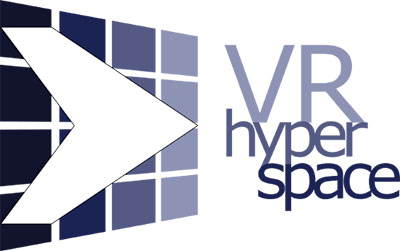 |
VR-Hyperspace VR-Hyperspace is a 7th Framework Programme project running from October 2011 to September 2014. VR‐HYPERSPACE will carry out fundamental research and development leading to a paradigm shift in relation to passenger comfort. The project adopts radical approaches using virtual and mixed reality technologies to change perception of space, and more profoundly, enable to change the very perception of oneself. VR‐HYPERSPACE aims to utilize current state‐of‐the‐art virtual reality (VR) and mixed reality (MR) technology to prototype future possibilities, and especially to explore the specific idea that the exploitation of recent research on body representation can significantly improve passengers’ perception of comfort. VR can also be used to systematically investigate the relative contributions of several design aspects of interior spaces, such as physical shape of the cabin, lighting and the relationship between passengers and the services provided. |
 |
HAVE-IT HAVEit aims at the realization of the long-term vision of highly automated driving for intelligent transport. The project will develop, validate and demonstrate important intermediate steps towards highly automated driving.
|
 |
MONICO MONICO is an EC funded “Specific Targeted Research Project” (STREP) under the capacity area “Research for the benefit of SMEs” where emerging fiber optic deformation monitoring systems are combined with advanced algorithms in order to assess the condition and evaluate the safety of tunnel linings under operating and seismic loading.Aim of the Project: To ensure the safety of vulnerable tunnel cross-sections or sections where very high standards of safety are required by integrating fibre optic sensors providing a real-time, wireless and remote deformation sensing capability, with software that will collect and process the signals and assess the structural reliability of the lining.
|
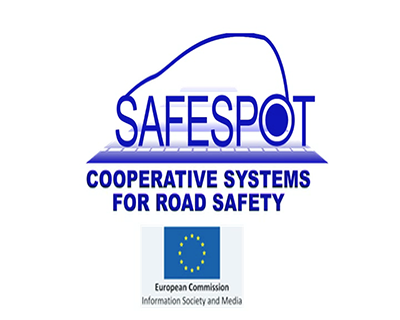 |
SAFESPOT SAFESPOT creates dynamic cooperative networks where the vehicles and the road infrastructure communicate to share information gathered on board and at the roadside to enhance the drivers’ perception of the vehicle surroundings.
|
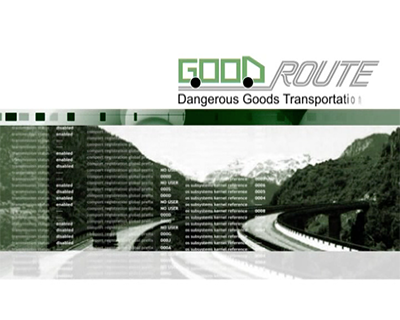 |
GOODROUTE GOOD ROUTE aims to develop a cooperative system for dangerous goods vehicles routing, monitoring, re-routing (in case of need), enforcement and driver support, based upon dynamic, real time date, in order to minimise the Societal Risks related to their movements, whereas still generating the most cost efficient solution for all actors involved in their logistic chain.
|

